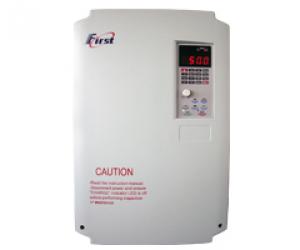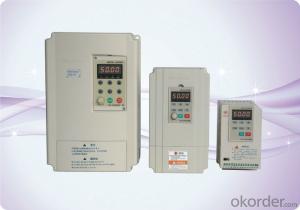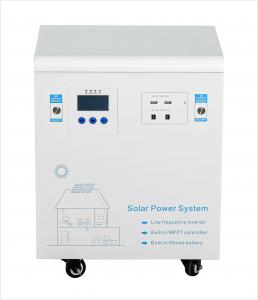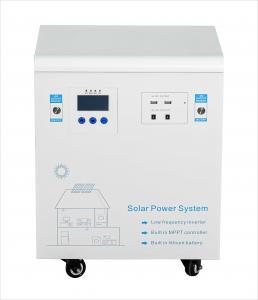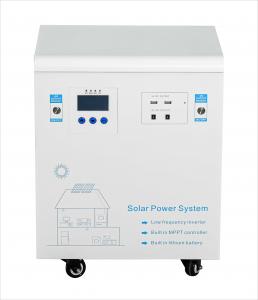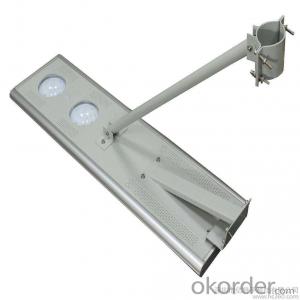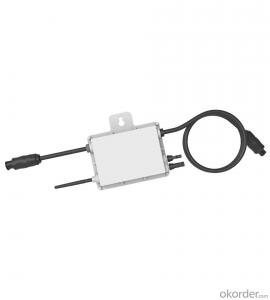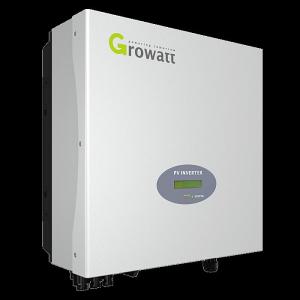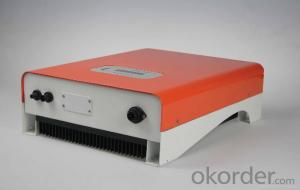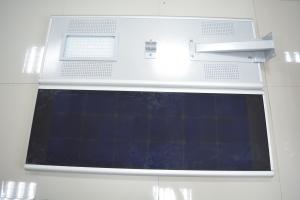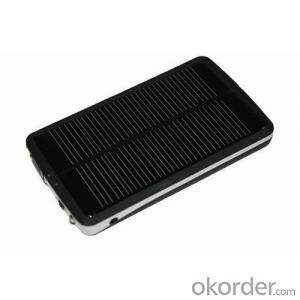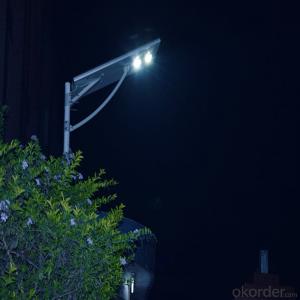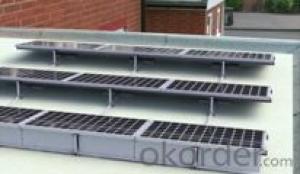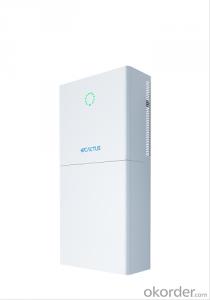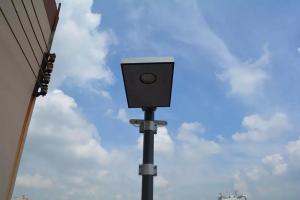Best All-In-One Solar Inverter
Best All-In-One Solar Inverter Related Searches
Best All In One Solar Inverter All In One Solar Inverter Solar All In One Inverter The Best Solar Inverter Best Solar Inverter Best Solar Power Inverter Best Inverter Solar World Best Solar Inverter Best Inverter For Solar Best Solar Battery Inverter Best Solar Inverter For Home Which Solar Inverter Is Best Best Inverter For Solar System Best Home Solar Inverter Best Inverter Solar System Best Solar Hybrid Inverter Best Solar Panel Inverter Solar Inverter Best Solar Best Inverter Best Hybrid Solar Inverter Best Solar Inverter Brands Top Solar Inverter Best Solar Inverter Generator Best Inverter For Solar Panels Best Inverter Solar Panel Best Solar Pump Inverter Most Reliable Solar Inverter Best 12v Solar Inverter Best Solar Inverter Charger Best Solar Inverter 2022Best All-In-One Solar Inverter Supplier & Manufacturer from China
Best All-In-One Solar Inverter is a comprehensive solution designed to optimize the performance of solar energy systems. These inverters integrate multiple functionalities into a single unit, enhancing efficiency and simplifying the installation process. They are engineered to convert the direct current (DC) generated by solar panels into alternating current (AC), which can be used by homes and businesses. The advanced technology within these inverters also allows for effective monitoring and management of solar energy output, ensuring optimal energy utilization.The application and usage scenarios for Best All-In-One Solar Inverter are vast, making them a popular choice for both residential and commercial solar installations. They are particularly beneficial in off-grid and grid-tied systems, where they play a crucial role in maintaining a stable power supply. These inverters are also suitable for use in solar-powered street lights, electric vehicle charging stations, and remote monitoring systems, among other applications. Their versatility and efficiency make them an essential component in the growing renewable energy sector.
Okorder.com is a leading wholesale supplier of Best All-In-One Solar Inverter, boasting a large inventory to cater to the diverse needs of customers worldwide. The company is committed to providing high-quality products at competitive prices, ensuring that solar energy solutions are accessible to a broad range of users. With a strong focus on customer satisfaction, Okorder.com offers comprehensive support and services to assist clients in selecting the right inverter for their specific requirements.
Hot Products


